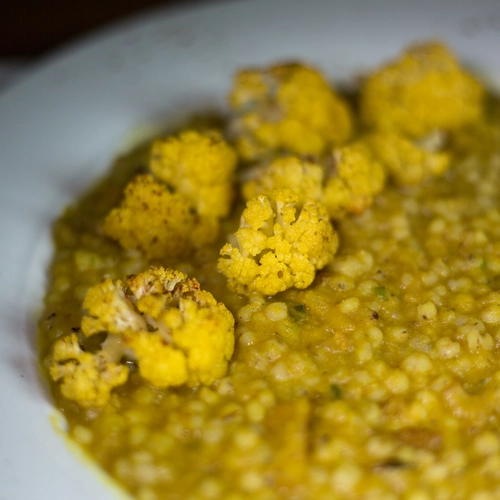Description
The tamari sauce is an oriental seasoning (from China and then from Japan) with an even stronger and stronger flavor. Traditionally it is fermented for 3 years in barrels of cedar or oak and legend has it that a monk accidentally discovered the recipe for this sauce, scraping on the vats where the miso had been fermented.
The tamari is distinguished from the shoyu both for the flavor (in this second case it is definitely more delicate), both for the consistency (the tamari is almost creamy, while the shoyu is more liquid), both for the ingredients used. If the tamari is in fact a gluten-free sauce, based only on yellow soya, the shoyu is made using the toasted grain that is given in nourishment to koji - aspergillus oryzae - a mushroom that in practice does all the work of transformation.
Compared to a time when all producers followed the traditional method of long fermentation, today the fermentation lasts on average 12-18 months (in the best case, when they are not added dyes and flavorings to reproduce taste and color of the ripened product).
From the point of view of the benefits that soy sauce can give to the body, Tamari and Shoyu both favor digestion and in general the balance of intestinal flora. It is also a dietary supplement of vitamin B12, of enzymes and proteins; it has an antioxidant function and being alkaline, it balances an excess of the acid component in the body. It also contains isoflavonoids (from which it is hypocholesterolising) and contains phytoestrogens with an estrogenic action, the intake of which determines a positive effect on the woman's health compared to the so-called "metabolic syndrome" (such as in menopause, where there is a higher incidence of hormones androgenic
